Great Isaac
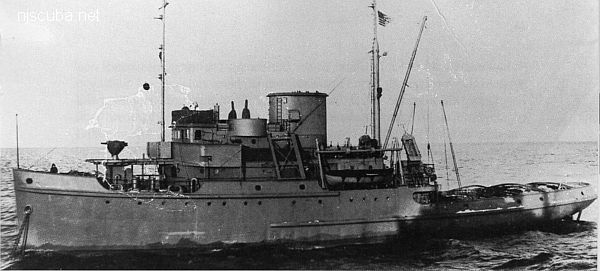
- Type:
- shipwreck, tugboat, U.S. War Shipping Administration (Navy)
- Name:
- All the ships of this class were named for lighthouses in the U.S., except for the Great Isaac, which is in the Bahamas.
- Built:
- 1944, Boston MA USA
- Specs:
- ( 185 x 37 ft ) 1117 gross tons, 27 crew
- Sunk:
- Wednesday April 16, 1947
collision with Norwegian freighter Bandeirante - no casualties - Depth:
- 90 ft

The Great Isaac was a very large V4-M-A1 class tugboat, but not large enough to survive being gashed six feet deep in the engine room. The wreck now lies intact on its port side, buried to the mid-line. It is one of the premier wrecks of southern New Jersey. Both the "Offshore Tug" and the "Inshore Tug" probably derive their names from their proximity to the Great Isaac, and may not be tugboats at all.
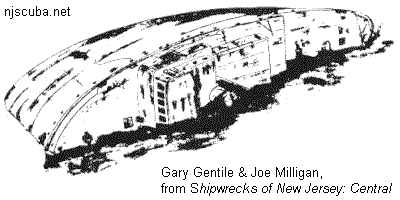
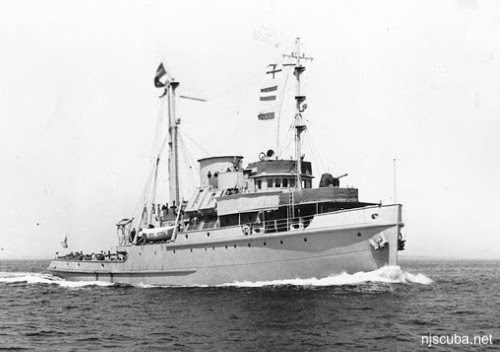

almost completely gone, exposing the ribs.
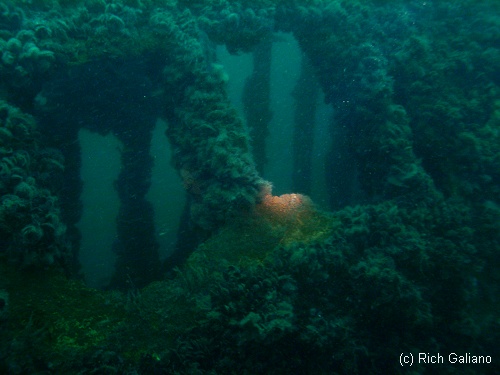
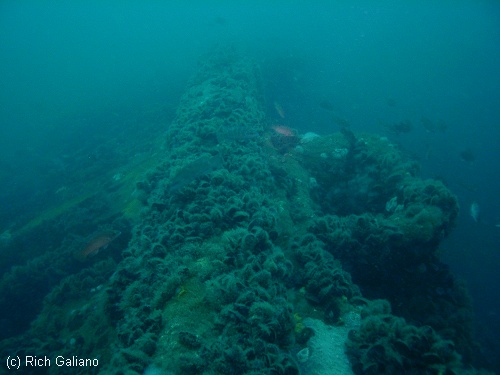
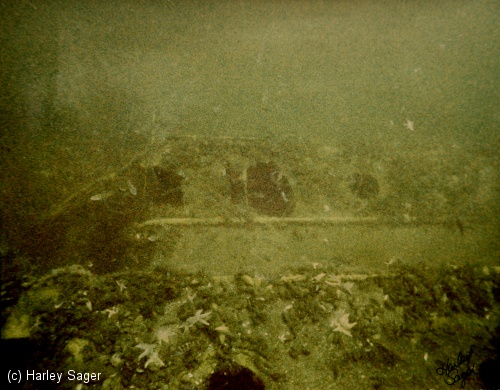
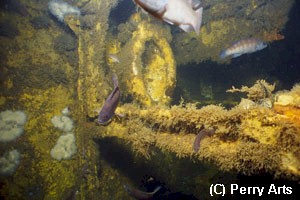
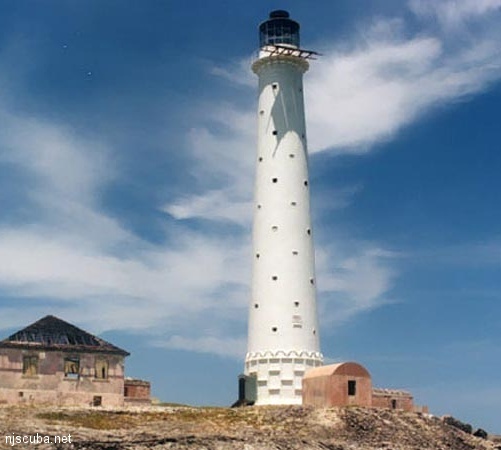
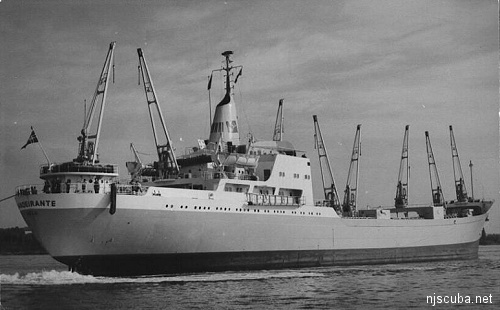
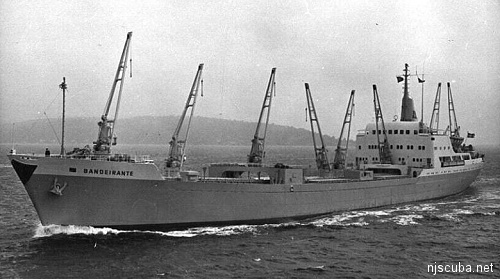


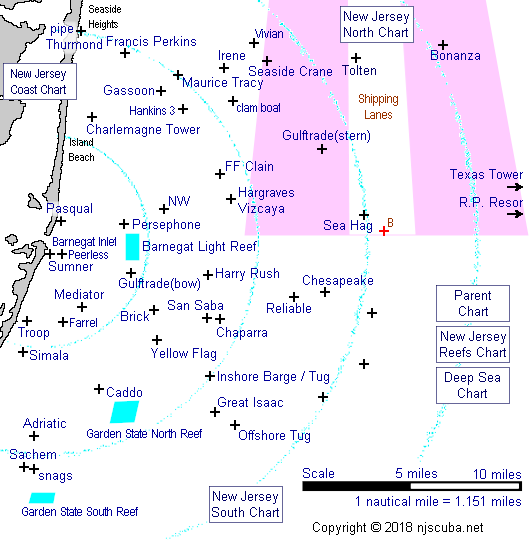

Questions or Inquiries?
Just want to say Hello? Sign the .